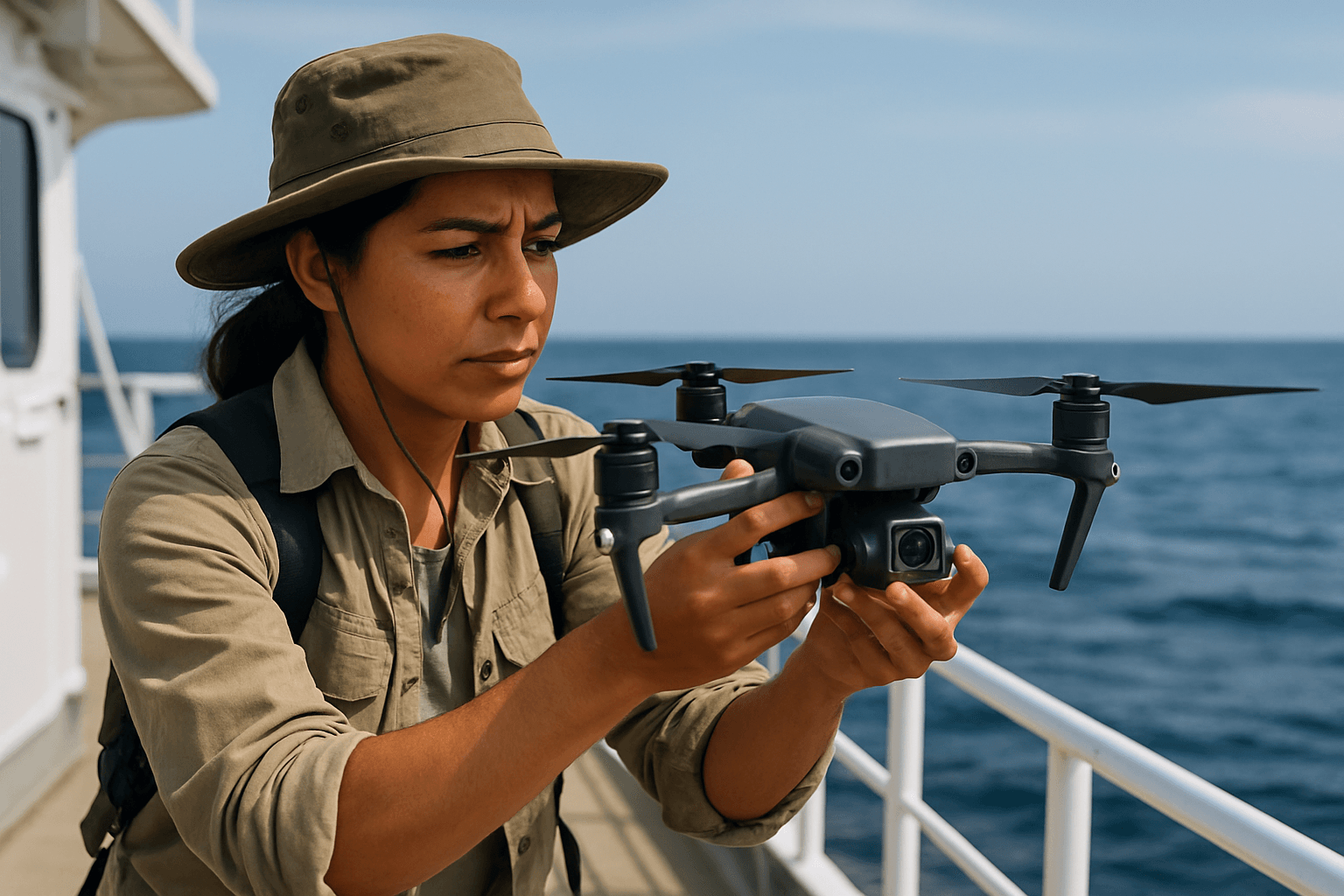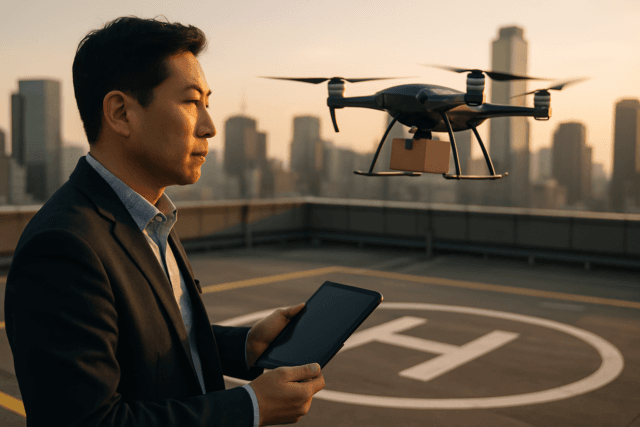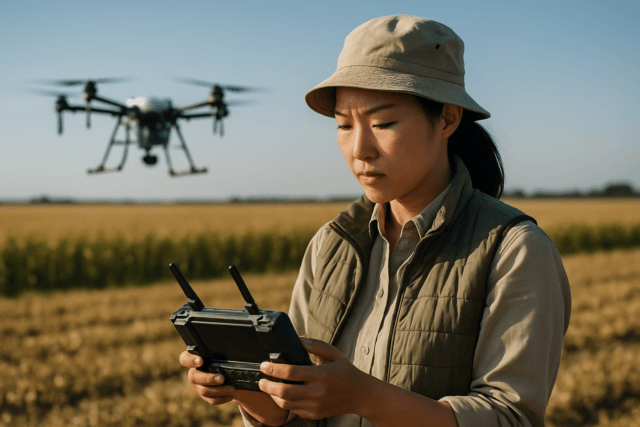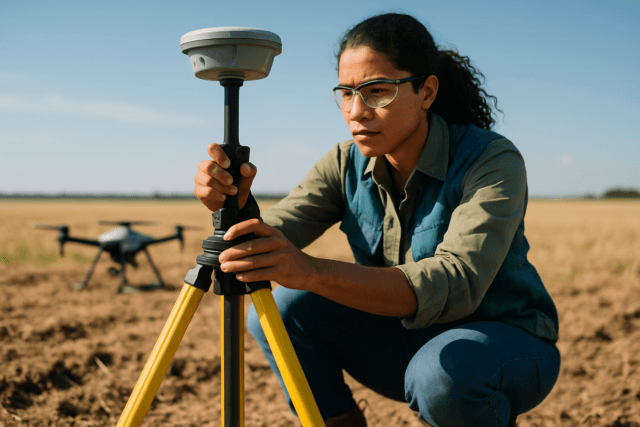The vast, often elusive world of marine mammals presents a profound challenge for researchers and conservationists. Traditional methods of tracking these populations, from ship-based surveys to manned aircraft, are often expensive, time-consuming, and can inadvertently disturb the very animals they seek to study. However, a technological revolution is underway, as unmanned aerial vehicles (UAVs), commonly known as drones, emerge as indispensable tools for monitoring, assessing, and protecting marine mammal populations worldwide. These airborne eyes in the sky are providing unprecedented insights, transforming our understanding and approach to ocean conservation.
Why Drones? Advantages Over Traditional Methods
Drones offer a compelling suite of advantages that address many of the limitations of conventional marine mammal survey techniques.
- Non-invasive Monitoring: One of the most significant benefits is the reduced disturbance to marine mammals. Drones can observe animals from a safe distance and at various altitudes, minimizing stress or changes in behavior that might be caused by larger, louder manned vehicles. Studies suggest that the underwater noise generated by small- and medium-sized UAVs is often below ambient noise levels, meaning it is unlikely to significantly impact cetaceans, especially when operated responsibly and at appropriate altitudes.
- Cost-Efficiency and Time Savings: Operating drones is significantly less expensive than deploying research vessels or manned aircraft, which require considerable fuel, crew, and maintenance. Drones can also cover large areas quickly and efficiently, gathering vast amounts of data in a shorter timeframe.
- Enhanced Safety: Marine research, especially in remote or challenging ocean environments, can be hazardous for human personnel. Drones eliminate the need to put human lives at risk, particularly during adverse weather conditions or when studying potentially dangerous species.
- Accessibility to Remote Areas: Drones can access areas that are difficult or impossible for boats or planes to reach, such as shallow coastal waters, ice-covered regions, or remote rookeries.
- High-Resolution Data Collection: Equipped with advanced sensors, drones capture high-resolution images and videos, providing detailed visual information for accurate identification, counting, and individual-level analysis.
The Technology Behind the Tracking: Drones and Sensors
The efficacy of drones in marine mammal tracking stems from their versatility and the sophisticated payloads they can carry. Unmanned Aerial Systems (UAS) comprise the UAV itself, the sensor or payload, and a ground control station (GCS).
Types of Drones
Two primary types of drones are commonly employed, each suited for different survey needs:
- Multi-rotor Drones (Rotary-wing UAVs): These are highly maneuverable, capable of vertical take-off and landing (VTOL), and can hover in place, making them ideal for close-range observation, detailed behavioral studies, and surveying smaller coastal populations or aggregation sites. They are generally more affordable and easier to operate from small vessels.
- Fixed-wing Drones: Designed for longer endurance and faster flight speeds, fixed-wing UAVs are better suited for covering large geographical areas and conducting broad-scale line-transect surveys to estimate abundance across widely dispersed marine mammal populations, such as cetaceans and sirenians.
Advanced Sensors for Comprehensive Data
Drones are typically equipped with a variety of specialized sensors to collect diverse data:
- High-Resolution Digital Cameras: These are fundamental for visual identification, counting individuals, assessing group sizes, and photo-identification studies. High-resolution imagery allows researchers to distinguish individuals and analyze surface behaviors.
- Thermal Imaging (Infrared Sensors): Thermal cameras detect heat signatures, making it possible to spot marine mammals that blend in with their environment or are partially submerged, especially in low light or challenging visual conditions. For instance, thermal sensors have proven effective in counting northern fur seal pups, which are difficult to see in visual images. They can also help detect pregnant dolphins.
- Photogrammetry: By taking multiple overlapping images from different angles, drones can use photogrammetry to create 3D models and precise morphometric measurements of marine mammals. This allows researchers to assess body condition, length, and growth rates, providing crucial insights into animal health and age structure.
- Multispectral and Hyperspectral Imaging: These sensors capture light across various wavelengths, allowing scientists to identify specific features or even assess health parameters based on subtle spectral differences.
- Acoustic Sensors (Hydrophones): While primarily used on Autonomous Underwater Vehicles (AUVs) and Unmanned Surface Vessels (USVs), aerial drones are being explored for their potential to deploy or complement acoustic monitoring efforts, listening for marine mammal vocalizations.
Key Applications in Marine Mammal Research
Drones are transforming various facets of marine mammal research and conservation efforts.
Population Counts and Distribution
One of the main applications of UAVs is monitoring the abundance and distribution of marine mammal populations. Aerial surveys with drones provide accurate counts of individuals and groups, even in challenging environments like pinniped haul-out sites or where animals are partially submerged. For example, NOAA Fisheries has used drones to augment surveys of endangered Steller sea lions since 2014, and a team in Australia successfully surveyed endangered dugongs using commercial drones. Drone imagery has shown to provide more detections of marine wildlife than real-time human observers in some large-scale surveys.
Health Assessments and Biometrics
Photogrammetry, enabled by drone imagery, allows researchers to non-invasively measure the body length and condition of marine mammals, helping to determine age, sex, and overall health. This is critical for detecting early signs of population changes, such as a decrease in the number of calves, which can inform timely management decisions.
Behavioral Studies
Drones offer an aerial perspective that minimizes disturbance, allowing scientists to observe natural behaviors such as social interactions, feeding patterns, and migration routes without interference. This helps researchers gain insights into the ecology and daily lives of these animals.
Blow Sample Collection
Innovative drone designs, such as Ocean Alliance’s “SnotBot,” have been adapted to collect exhaled “snot” (blow) from whales as the drone flies through their exhalation. This non-invasive method allows researchers to collect valuable biological information, including DNA, stress, and pregnancy hormones, and microbiomes, which are crucial for assessing the health and ecology of whale populations.
Overcoming Challenges and Future Directions
Despite their immense potential, the widespread adoption of drones in marine mammal research faces several challenges. These include regulatory hurdles, technical limitations such as battery life and resistance to harsh marine environments, and the time-intensive process of data processing from large image datasets.
Researchers and engineers are continuously working to address these issues by developing quieter, more efficient drone designs and improving data analysis techniques, often incorporating AI-driven analysis. As drone technology advances, with enhanced battery life, multi-sensor integration, and artificial intelligence for automated detection, their applications in tracking biodiversity, monitoring climate impacts, and supporting marine conservation efforts will only continue to grow. The integration of drones with other technologies, such as satellite data and acoustic monitoring, promises an even more comprehensive approach to safeguarding the health and future of our oceans and their magnificent inhabitants.





